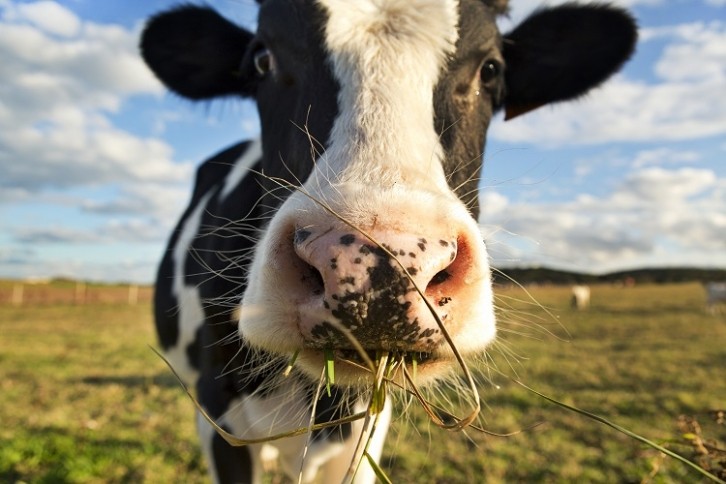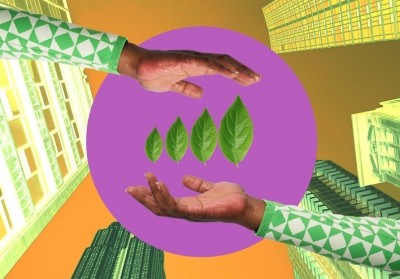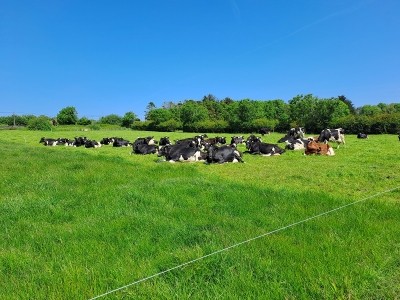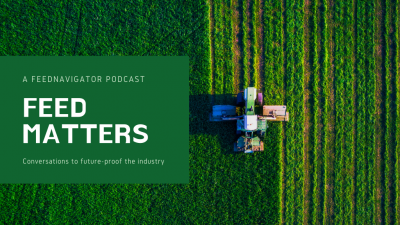‘It’s a change of agricultural practice‘: Danone’s regenerative agriculture programmes with dairy farmers

FoodNavigator spoke to Oliver Verdelet, Vice President of Procurement (CPO) Europe at Danone, about the company’s regenerative agriculture programmes with dairy farmers. Verdelet is in charge not only of milk procurement but of regulatory practices as well.
Operating in 20 countries with 58,000 farmers around the world, Danone started using regenerative agriculture in 2017. Danone’s regenerative agriculture, Verdelet told us, has three pillars: soil health, animal welfare, and farmer livelihood.
The soil and the land is important to Danone, which owns dairy brands including Activia, Oikos and Actimel. It takes “a very holistic approach that really includes the ecosystem. We have to include ecosystem because it's all about resilience.”
Agriculture accounts for 60% of Danone’s supply chain carbon footprint, and milk is 36% of this, so it’s vital for greenhouse gas (GHG) emissions to be reduced through regenerative agriculture.
“Everything starts with herd and feed management,” Verdelet told us, “and everything starts with making sure that the farm is efficient, that this is run with the best practices; in terms of agriculture, in terms of feed, in terms of diet, in terms of breed. So that's the big picture.”
Animal welfare is another key part of the programme. Animal welfare considerations can work hand in hand with improving farmers’ livelihoods, Verdelet told us.
“Sometimes you are in markets like in Morocco, when your first improvement in tackling both animal welfare and productivity is getting enough water for the cow to drink. This is such basic stuff, and it's a fundamental. And if you do, you not only you address the health and welfare of the cow, but you improve your yield. By improving your yield you improve the income of the farmer.”
Then comes GHG emissions reduction. One of the main sources of GHGs in agriculture is methane, but Danone uses methane inhibitors, reducing the methane output of its dairy cows.
After other aspects such as animal welfare have been addressed, “if you want to improve, you probably are going to have to use methane inhibitors,” Verdelet told us. Danone uses methane inhibitors in places such as Belgium.
Farmers under Danone’s regenerative agriculture programmes are assessed with a series of scorecards.
“We have carbon targets reduction, communicated globally but cascading as well to the countries, cascading to my teams. We track soil health and carbon emission intensity, so how much every litre of milk emits. So this is all tracked at country level.” There is also a scorecard for animal welfare.
Changing agricultural practices
Danone operates regenerative agriculture in 20 countries, including the US, Belgium and Morocco. Because of this, agricultural practices are different from place to place. In some places, such as Morocco, Danone must provide assistance to the farmers to adapt to new practices.
“It's all about change management,” Verdelet told us. “Some farmers have been doing things in the same way for decades. This is how they saw their dad doing it. This is where our farm relationship managers are critical to help the farmer transition over time, because it's really a change of agricultural practice.”
Danone works with NGOs to produce an agricultural handbook, which helps provide farmers with information on how to perform their practices most effectively.







